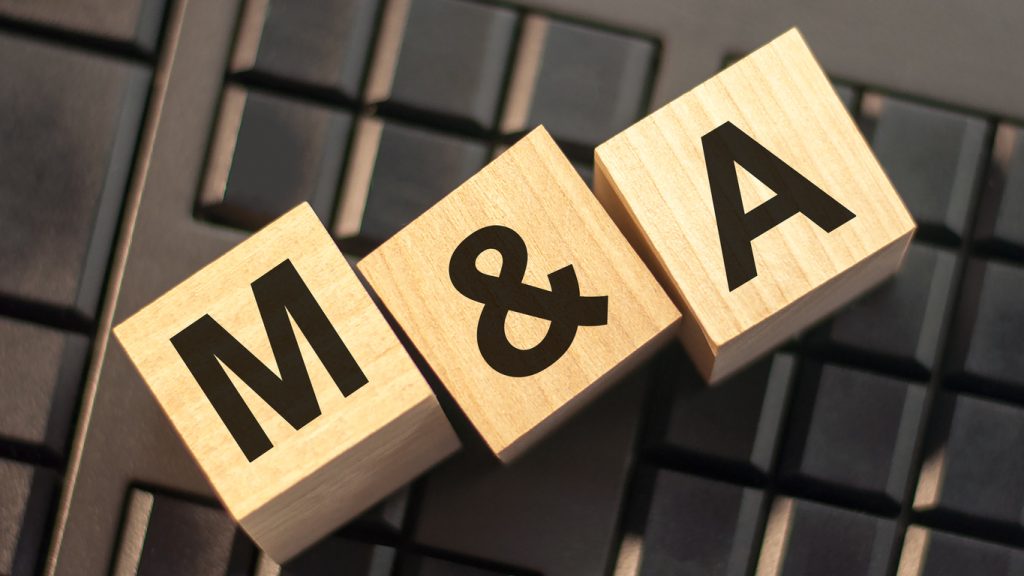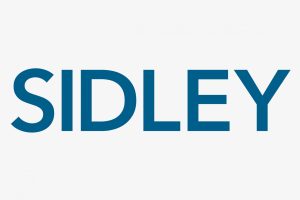Then, virtual data rooms provide the perfect solution.
As the digital revolution continues to drive efficiency in business, virtual data rooms are becoming increasingly popular and essential tools for streamlining processes like due diligence, document exchange, and negotiations.
A virtual data room simplifies collaboration across various tasks, including capturing documents, analyzing financial data, managing large volumes of information, and much more!
With features such as security protocols designed specifically with mergers and acquisition deals in mind — VDRs deliver peace of mind when sharing confidential files with external parties, even in the worst mergers and acquisitions. Read on to find out why VDR is the ideal solution for your M&A deal flow.
The Role of virtual data rooms in M&As
Virtual data rooms (VDRs) have become increasingly popular in mergers and acquisitions (M&A) due to their ability to store and share sensitive documents securely.
In M&A transactions, all parties involved in the deal must have access to the same information to make informed decisions.
VDRs provide a secure platform where various stakeholders can collaborate on important documents and meet regulatory compliance requirements.
Security
One of the most important aspects of data room vendors is security. VDRs offer advanced security measures such as encryption and two-factor authentication to ensure confidential documents remain secure from any unauthorized access or manipulation.
Furthermore, document tracking tools allow users to monitor who has accessed what files. All this makes virtual data room providers one of the most secure online storage solutions for sensitive data.
Collaboration
The collaborative features offered by VDRs make them ideal for M&A deals, as multiple stakeholders can easily review documents simultaneously without having to meet up or exchange emails with each other physically.
Documents can be uploaded into a single repository which ensures all parties have access to the latest versions of the materials they need.
Additionally, collaboration tools such as annotation support, chat rooms, and discussion forums allow users to communicate with each other seamlessly while still maintaining confidentiality.
Cost-efficiency
Finally, using data room software is cost-effective compared to traditional document-sharing methods, such as sending physical copies by mail or exchanging files via email.
Not only does it save time, but it also eliminates unnecessary overhead costs associated with printing and shipping documents around the world for review.
Stages of a typical M&A deal
As was already mentioned, virtual data rooms (VDRs) provide an effective solution for securely sharing digital documents and collaborative tools that facilitate the completion of mergers and acquisitions (M&A) transactions.
Here is a breakdown of the role VDRs play in a typical M&A process overview:
1. Preparation. Preparation involves setting up the deal structure, defining roles and responsibilities, and drafting confidentiality agreements. During this stage, VDRs are used to store sensitive documents such as legal agreements to ensure they remain secure from any unauthorized access or manipulation.
2. Marketing. In this stage, sellers market their business to potential buyers by sending out confidential information packages known as teaser packages. These packages are usually stored in a VDR for easy sharing with potential buyers while guaranteeing that only approved investors can access them.
3. Due diligence. During due diligence, a prospective buyer conducts thorough research about the target company to evaluate its financial health, operational capacity, and other aspects of the deal process. To facilitate this process, all necessary documents, such as financial statements and tax returns, can be uploaded into a secure online data room software allowing various stakeholders to easily review them without having to meet physically.
4. Negotiation. Once all parties involved have agreed on the terms and conditions of the deal, negotiations begin, where important decisions such as price negotiation take place. Data room services offer features such as annotation support which allows team members to comment on documents without affecting their original content so any changes can be tracked throughout the negotiation process easily.
5. Closing. The closing stage marks the formal signing of contracts between two parties completing a successful transaction which usually includes signing legal documents such as non-disclosure agreements (NDAs). Documents are often stored in a VDR before signing, which ensures that everyone has access to the latest version and guarantees high levels of security since NDAs contain confidential information that must remain private from any third-party intervention or manipulation.
Key features of a VDR for M&A transactions
Now, let’s take a look at some of the key features of VDRs that make them ideal for managing M&A transactions:
Customizable permission settings
Customizable permission settings are essential to ensure the safety and integrity of confidential documents in a VDR.
Users can customize access rights based on roles and user groups, allowing only certain deal team members to access certain documents or folders within the repository.
Reporting and analytics
Reporting and analytics are useful for gaining insights into usage patterns, including who has accessed what documents, how long they were viewed for, etc., thereby helping users make better decisions about the deal process.
These tools can also be used for tracking compliance with data privacy regulations such as GDPR or HIPAA.
Q&A management tools
Q&A management tools are used to manage questions and answers related to documents stored in an electronic data room. This allows users to exchange questions and answers securely without having to meet physically or exchange emails.
The Q&A feature also provides an audit trail that helps track conversations between users involved in the deal.
Bulk file uploads and downloads
Bulk file uploads and downloads are essential features that enable users to quickly transfer large amounts of data into or out of a virtual data room with minimal effort.
Automatic indexing and optical character recognition (OCR)
Automatic indexing helps users easily organize large volumes of documents by categorizing them according to metadata such as author name, date created, keywords, etc.
At the same time, OCR technology enables full-text search capabilities, allowing users to instantly locate desired files within a repository using keywords or phrases. This drastically reduces the time spent searching for relevant information needed during negotiations.
Conclusion
The M&A process is quite complicated and requires a lot of effort to manage efficiently.
VDRs are becoming increasingly popular for M&A transactions due to their various features, such as customizable permission settings, reporting and analytics tools, Q&A management features, bulk file uploads/downloads, automatic indexing, and OCR technology.
So, by leveraging the power of VDRs, businesses can streamline the M&A process to ensure that deals are handled properly, quickly, and securely!





















